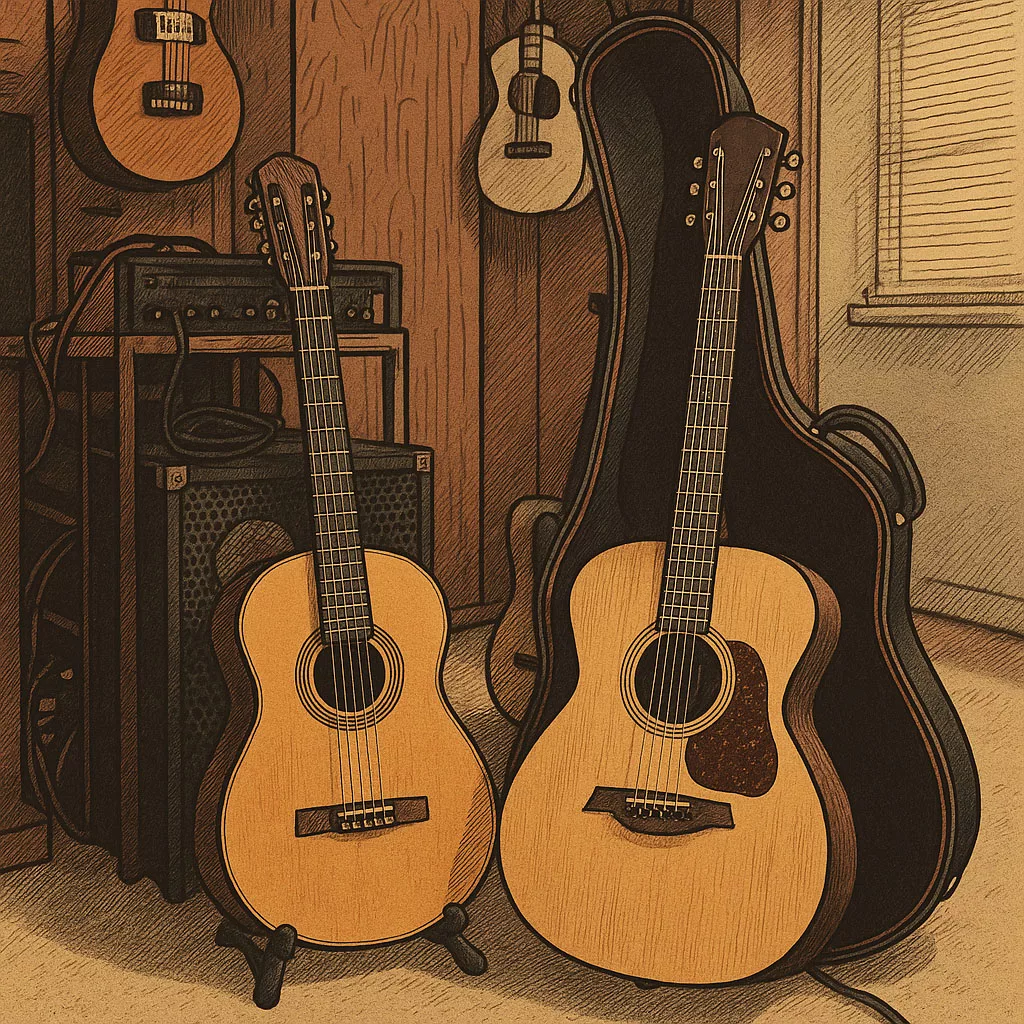There’s this strange cycle I’ve noticed in my life as a guitarist: I seem to sell every acoustic guitar I ever buy. It doesn’t matter if it’s a Taylor, Takamine, or Ibanez; they all eventually move on to new hands. And yet, somehow, I always end up owning another one. Usually a Taylor.
But even stranger: I always have a classical guitar. Always.
Band Kids and Beginnings
Before guitars, before bands, we were just a couple of band and orchestra nerds in high school. But my story really starts earlier, way back in fourth grade, when I first picked up the saxophone.
By junior high, I was deep into it when the high school orchestra director, Mr. Lloyd, came to visit. He brought this weird, long, tall wooden instrument for the sax players to try—a bassoon. I wasn’t interested until he said, “I’ll write you a pass to skip class and hang here and try it out.” That was all it took. I was in.
Apparently, I also signed up for orchestra that day without realizing it, because when I got to high school, I was suddenly playing bassoon in the orchestra and saxophone in the concert band.
Scott played clarinet in both the concert band and the orchestra, and for one year, he even picked up the mellophone in marching band. When I asked him why, he said, “They’re marching in the Macy’s Day Parade this year. Plus, girls, dude.”
That early music life explains a lot. It’s why I ended up on bass later; bassoon taught me bass clef, so when it came time to pick up an instrument for a rock band, bass just made sense. Even though, let’s be honest, nobody in a rock band ever reads sheet music.
I remember talking with our band director, Mr. Crone, after lunch in high school. Sometimes we’d chat about instruments, sometimes I was hanging around because my girlfriend was in the band. Either way, that music room became a second home.
The summer before I started college, I sat with my academic advisor to plan my classes. When we were done, I asked if there was any concert band or orchestra I could join for fun. He said no. Just like that, it felt like the music was over.
The Spark Returns
Then Scott started college and needed to fill some electives. He signed up for a classical guitar course, and that decision quietly changed everything. He bought a Yamaha CG-150SA Classical Guitar from Swissvale Music (now Main Street Music in Irwin, PA).
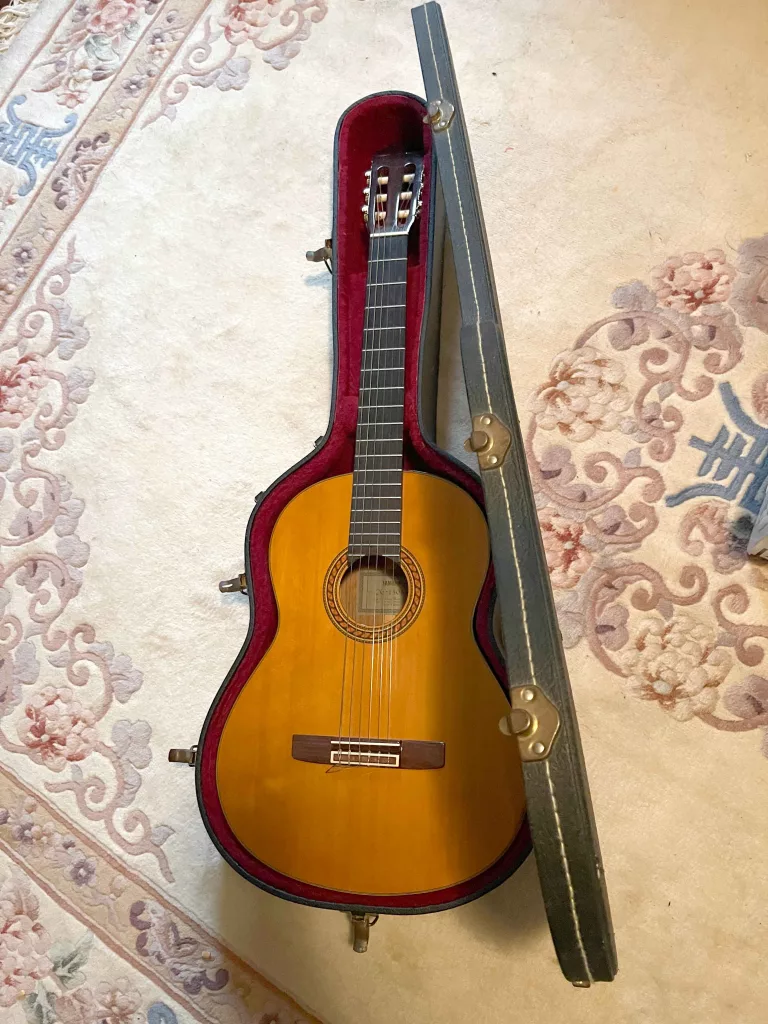

That guitar, and that class, lit the fuse. I was in my second year at Penn State, spending most of my time at the student radio station—or, more honestly, listening to music instead of going to class. When Scott started learning guitar, it woke something up in both of us.
Not long after, I bought my first bass—a Peavey — and shortly after that, an Alvarez, which now sits as a relic in my closet. Suddenly, that hole I hadn’t realized was there, the one left behind when I couldn’t play in an ensemble anymore, started to fill again. Music was back.
The First Guitar
Before any of the guitars that came and went later, there was my very first: an Alvarez acoustic. That guitar followed me to Penn State and became the one I cut my teeth and my fingers on.

I can still remember myself out in a parking lot near our apartment one freezing night, sitting on a bench, fingers burning from the cold, playing the same chords over and over. My roommates were done listening to me strum endlessly, so I took it outside. I stayed out there until I could barely feel my hands.
When I came home to Pittsburgh for semester break, Scott couldn’t believe how much I’d progressed. Jeff walked into Scott’s basement one night, heard me playing, and asked, “Who the hell is that on guitar?”
That Alvarez still lives with me. The neck’s cracked now; it’ll never be played again. I keep it in its case in the closet, a kind of sacred relic.

And it really does feel like one, like something the Catholic Church would keep behind glass in a cathedral. A holy artifact of my own musical faith. I’ll never play it again, but I could never part with it either. It’s proof that music once lived there, that it began there. It’s the sainted remains of every chord I learned and every night I bled on its strings.
The Cycle of Steel Strings
Since then, it’s been a revolving door of acoustics. I had a nylon-string Ibanez that stuck around for years before I finally sold it. Then a Taylor Big Baby that I passed along to Matt. A Takamine that I lent to a friend who wanted to learn, the same one I played for about a year in a church band. Like every other acoustic before it, it eventually moved on.
Every acoustic seems to have its season. Maybe it’s because steel strings demand a certain kind of energy , bright, brash, forward. Maybe it’s because they don’t forgive. They’re tools for writing and performing, but they can also be impatient companions.
The Nylon Refuge
But every time I restring a classical, I’m reminded why I always come back. Tonight, it was my Yamaha NTX700. New strings, fresh tone, three hours gone in what felt like minutes. I got lost in that nylon warmth.
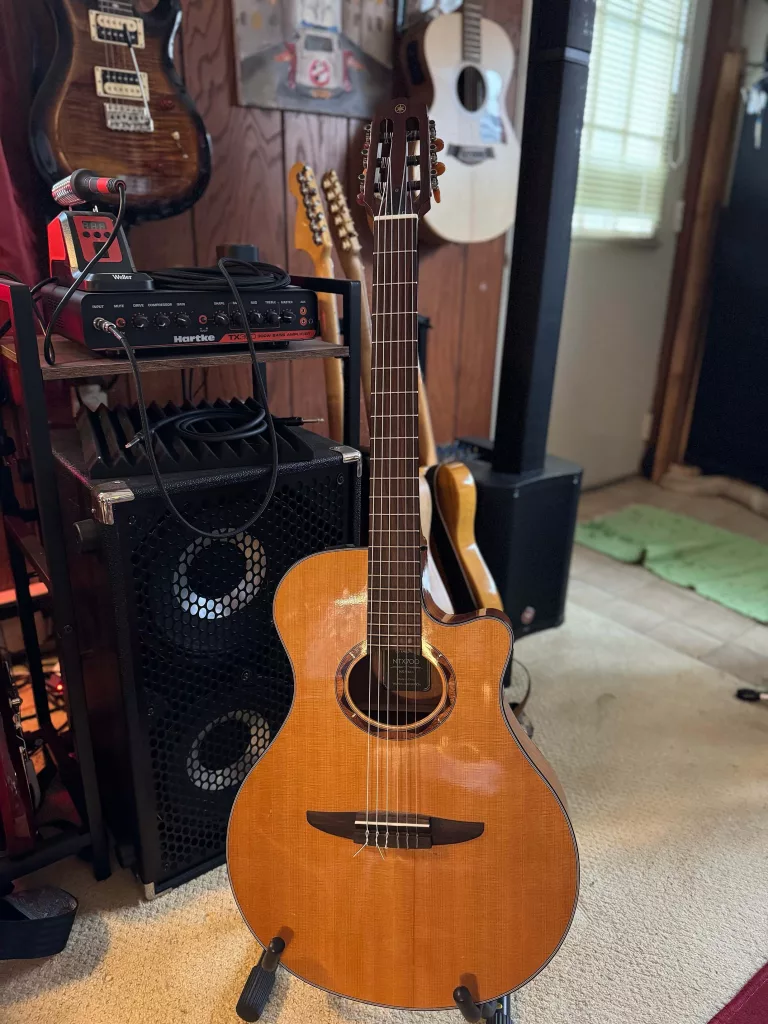
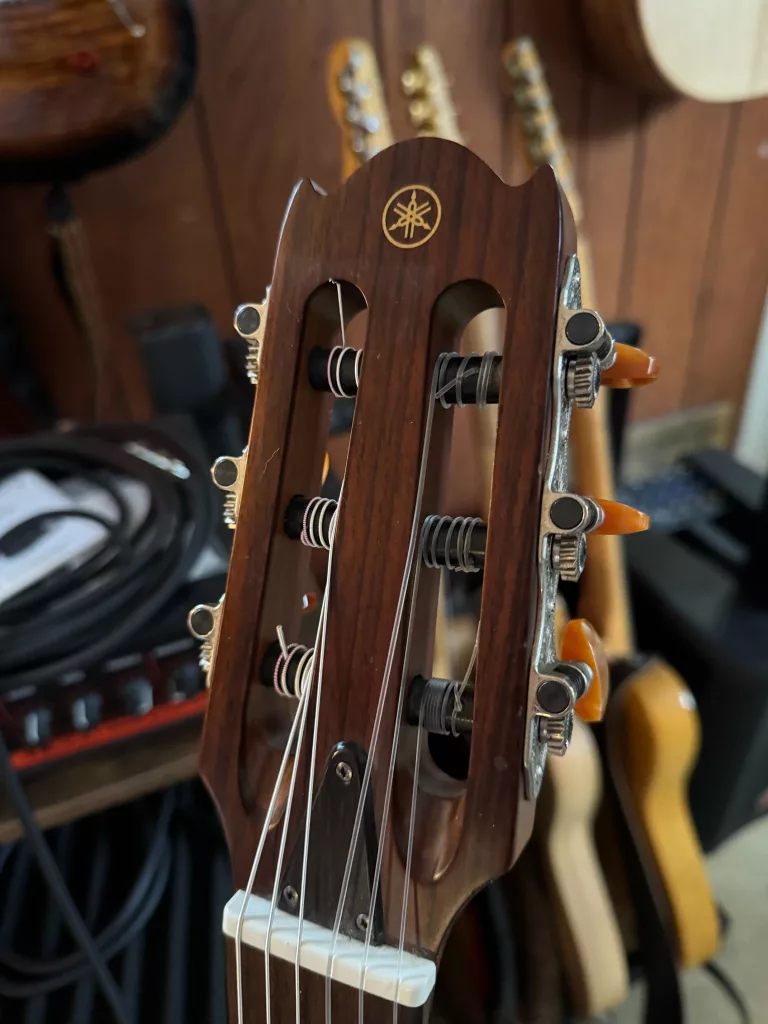
Nylon strings don’t push; they invite. The sound doesn’t attack, it breathes. There’s something deeply human about it, like the sound of memory itself.
Maybe that’s why I always hang on to the classicals. They’re not about performance or perfection. They’re about reflection.
The Guitar That Started It All
Scott still owns that same Yamaha classical he bought all those years ago. Maybe that’s why I hold mine close, some kind of quiet respect for the instrument that started it all.
Classical guitars are patient. They wait. They remind you who you were when music first found you.
Steel strings come and go. Nylon strings stay.
I still have a Taylor today, of course I do, and I’ve been eyeing a new Takamine or maybe even a Gibson to add to the mix. You’d think I’d have learned by now, but maybe that’s the point. Maybe the cycle is the music, always chasing, constantly rediscovering, always coming home to that sound that first made me fall in love.
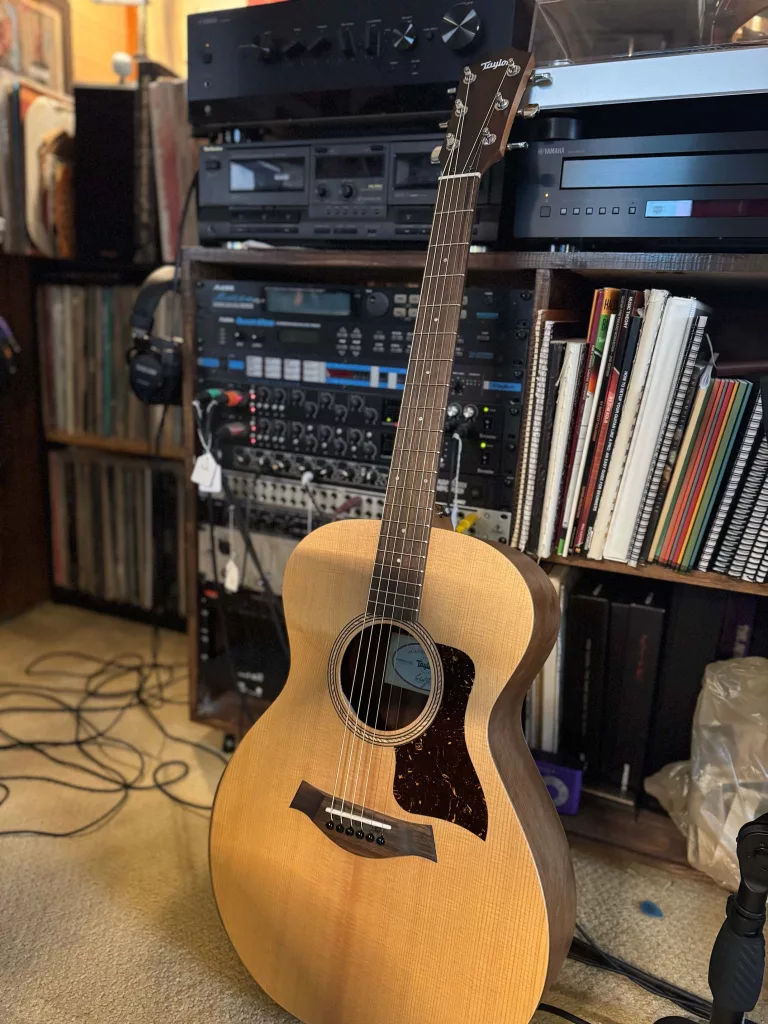
And in the closet, that old Alvarez rests, my first teacher, my first guitar, my first relic.
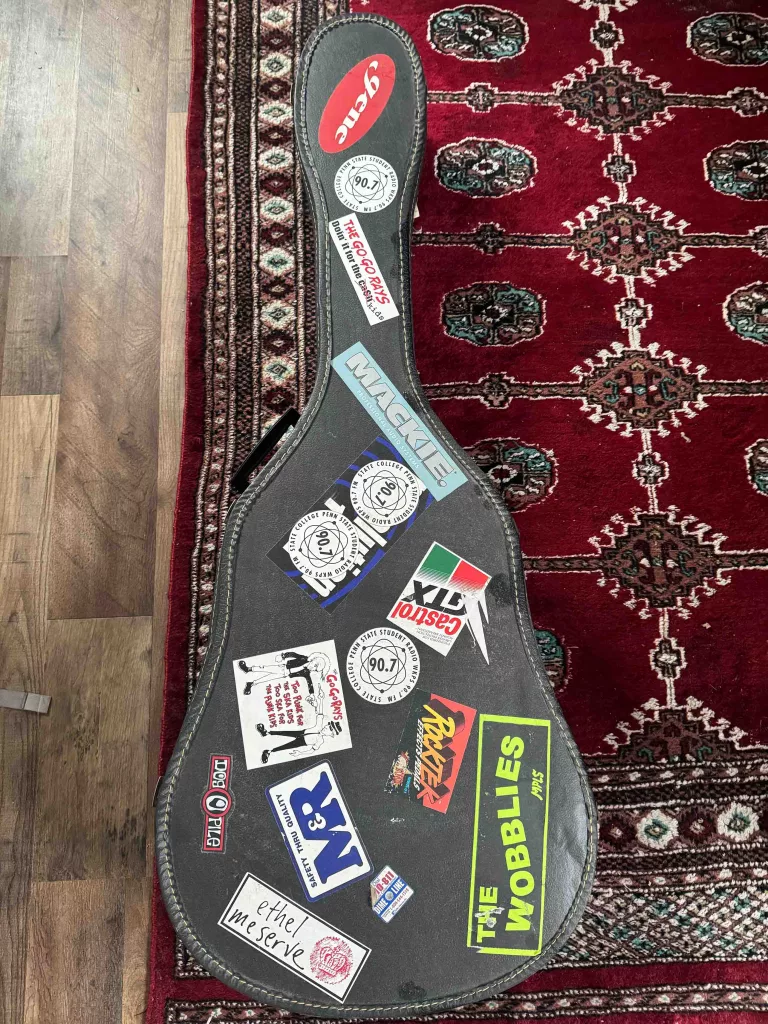
Coming Full Circle
Sometimes I think about that fourth-grade kid with a school saxophone case almost as big as he was, the one who said yes to a bassoon just to get out of class. The one who found his way from orchestra pits to garage bands, from concert halls to church basements, and now, back to a quiet room with a nylon-string guitar and three hours lost in its sound.
Nearly fifty years later, the instruments have changed, but the feeling hasn’t. Every note still feels like discovery, every chord still feels like coming home.
Maybe that’s what all these guitars, the sold ones, the cracked ones, the ones yet to be bought, really are: reminders that the music never left. It just grew up with me.

